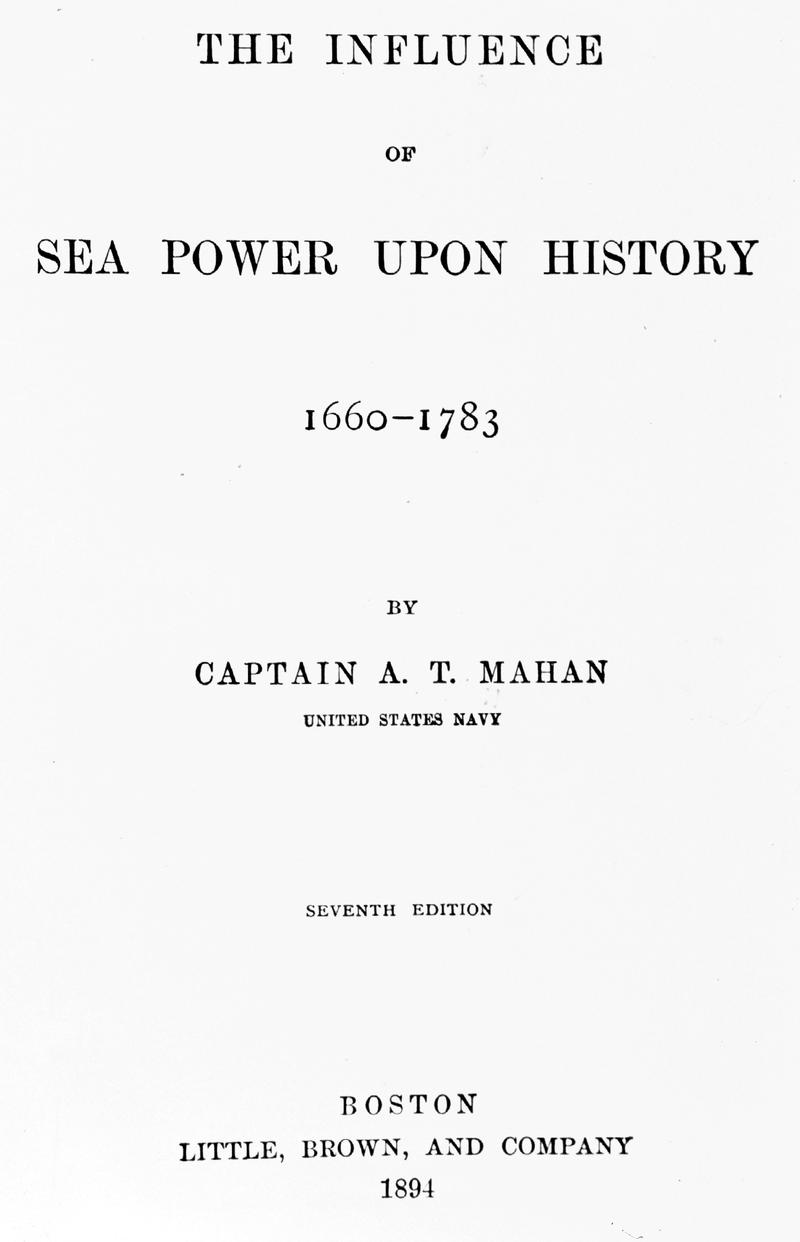
The other vessel "was sighted broad off our starboard bow, distant several miles. “The greatest naval strategist the world has ever known,” he wrote, “was not a good seaman.” The astonishing accident, Rodman later remembered, occurred on a smooth sea in broad daylight. Soon after Mahan took command of the steam screw sloop of war Wachusett in 1883, he added to his unfortunate record, according to a young officer aboard named Hugh Rodman, by colliding “with a bark under sail, which without question had the right of way. Mahan well knew, and often admitted later in life, that he had chosen the wrong career. “You have no idea,” he said, “how hard it is to keep these ships straight.” On one occasion he confessed to his wife Ellen that he sometimes feared “breaking down under the uncongenial load” of the captain’s labor.

Only his family and his few friends ever knew about the emotional and physical turmoil that enveloped Mahan each time he took command of a ship. Navy rendered hors de combat by a dry dock.”

This absurd episode prompted Mahan-biographer Robert Seager II to comment that “Alfred Thayer Mahan may be the only commanding officer in the history of the U.S.

More embarrassing than these accidents, however, was the time that Mahan clumsily wedged the Wasp into a dry dock caisson at Montevideo, where it remained stuck for 10 days. He also was responsible for “doing slight damage” to an Argentinean warship during a storm off Buenos Aires on Nov. In 1874, he ran the sidewheel gunboat Wasp into a barge at the ship’s anchorage in Montevideo, Uruguay. “Vanity excited,” he wrote of the experience on the Iroquois, which was, however, an exception, not the rule. Returning from target practice in the Pacific Ocean on board the sloop of war Iroquois, Mahan managed to bring his ship back into Japan’s Yokohama Harbor without hitting another vessel. His lack of confidence in handling ships was apparent from his reaction to a successful, routine maneuver in 1869. Drayton, who, he sarcastically noted, “had done a good deal of staff duty had less than the usual deck habit of his period.”Īlfred Thayer Mahan (Bain News Service, now in the collections of the Library of Congress) The vain executive officer deflected any blame for his slip-up by suggesting that the fault lay with his superior, Capt. Suddenly, the Pocahontas slammed into the anchored Union sloop Seminole. Mahan enjoyed studying human emotions and expressions, but as the deck officer that day, he should have been watching the direction in which his ship was drifting. Mahan became engrossed in observing his superior officer, who was deep in thought over the fate of his defeated brother inside the pulverized fort.

Delayed by a storm and mechanical problems, the Pocahontas arrived on the scene after the other ships had pounded the fort into submission.Īs his vessel moved through the water to join the rest of the flotilla in Port Royal Sound, Lt. 7, 1861, a small Union fleet assaulted Fort Walker at Port Royal, South Carolina, a Confederate stronghold on the edge of Drayton’s hometown that was commanded, as chance would have it, by his brother Thomas. Drayton was familiar with his new junior officer and noted in his diary that Mahan was “young enough not to have too fixed ways and is quite clever.” Drayton, however, had never seen Mahan handle a ship. Percival Drayton’s steam corvette Pocahontas, and immediately set a dubious standard for his budding career. (Navy Art Collection)Īs a young first lieutenant in 1861, Mahan was named the executive officer of Capt. Alfred Thayer Mahan (1840-1914), a portrait in oils by an unidentified artist.


 0 kommentar(er)
0 kommentar(er)
